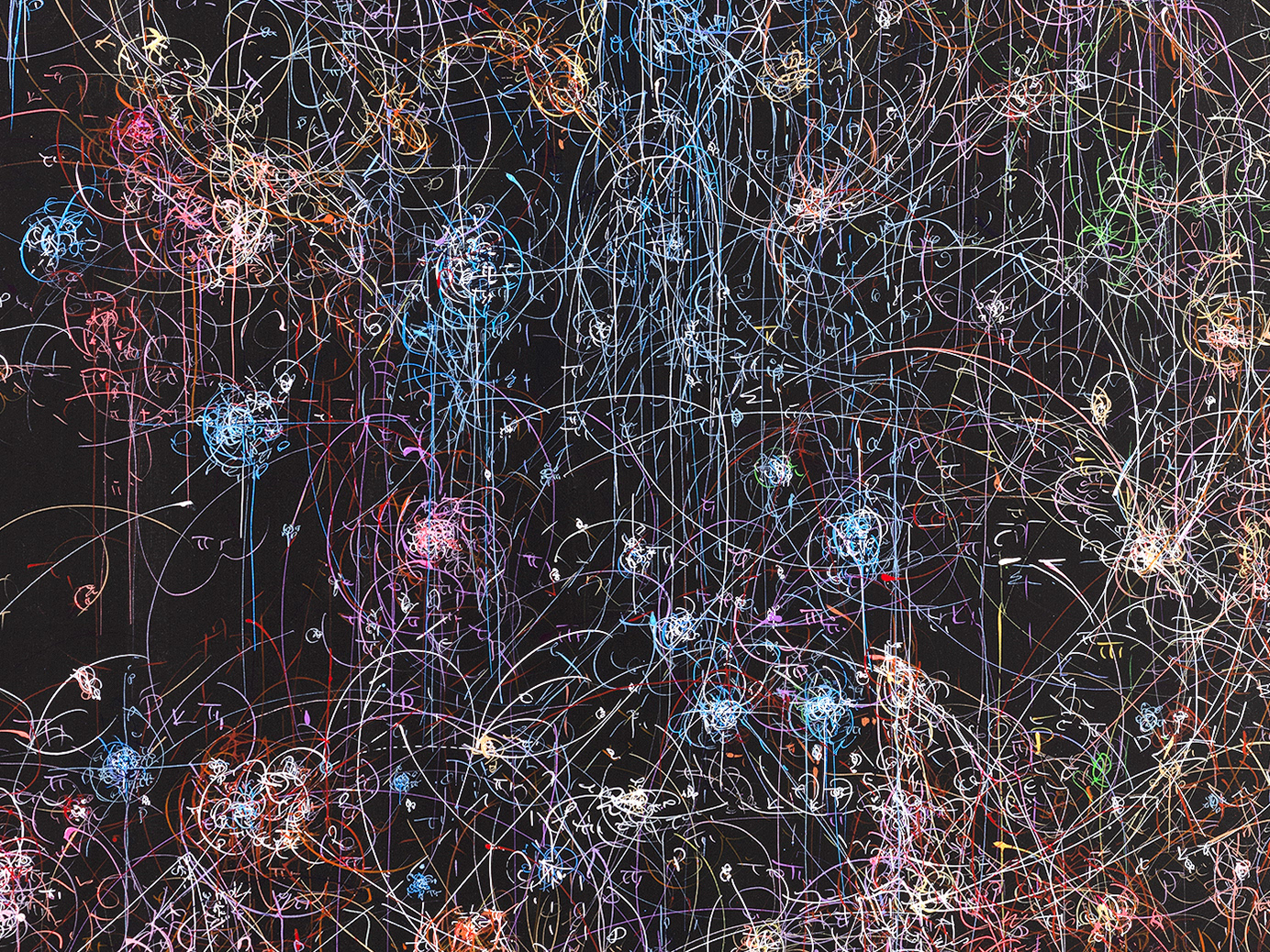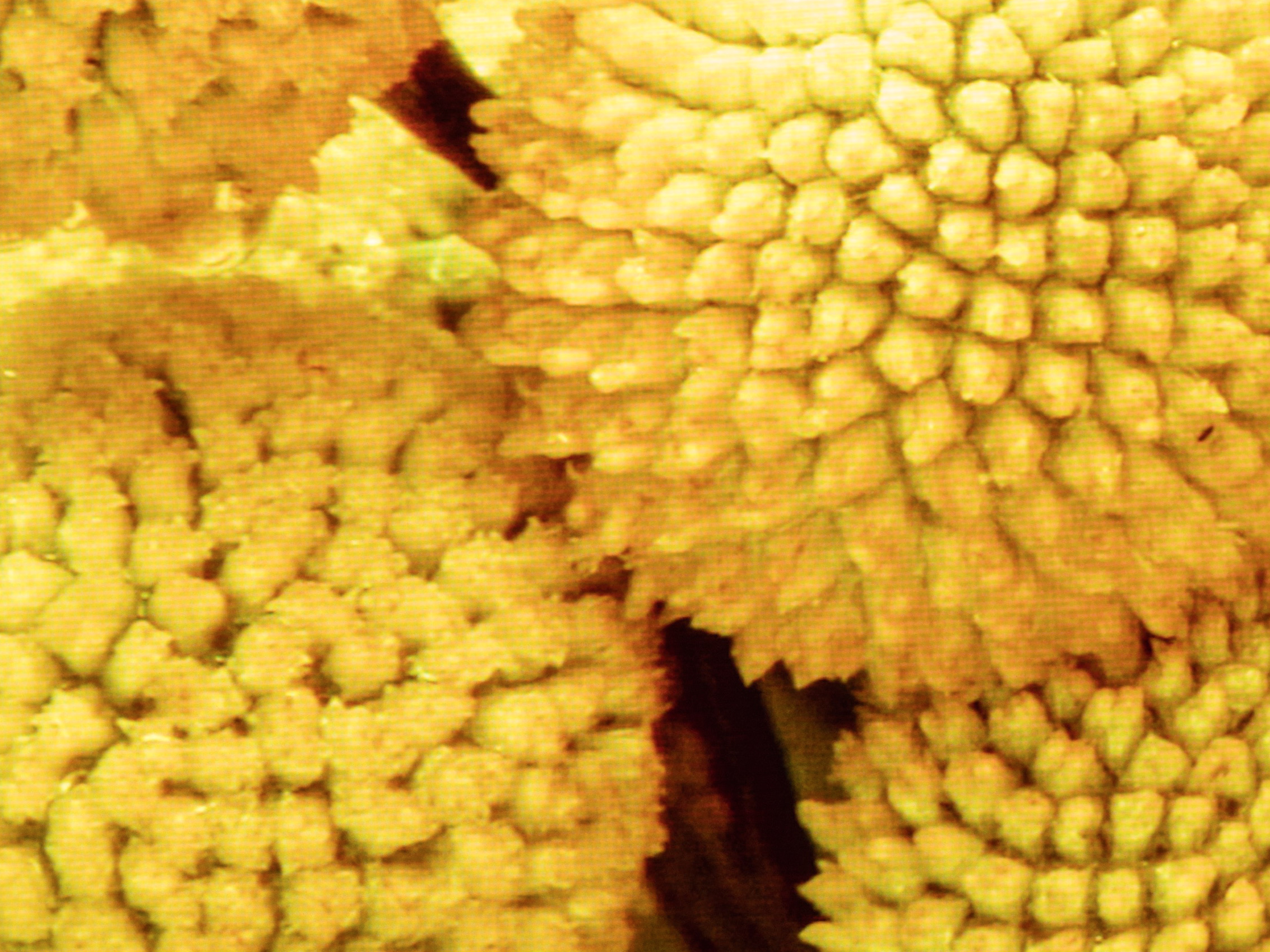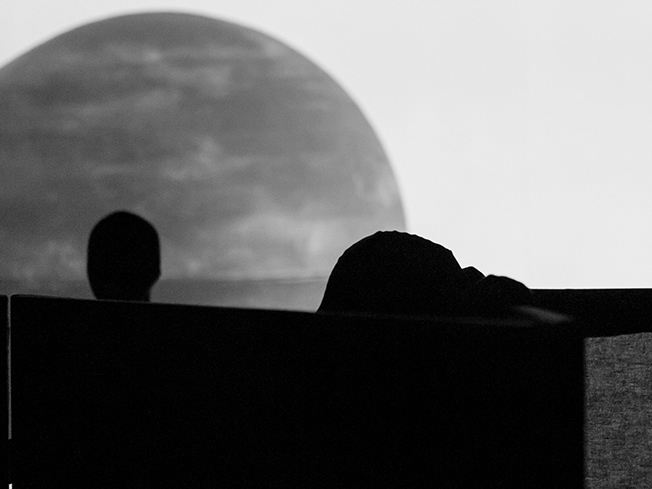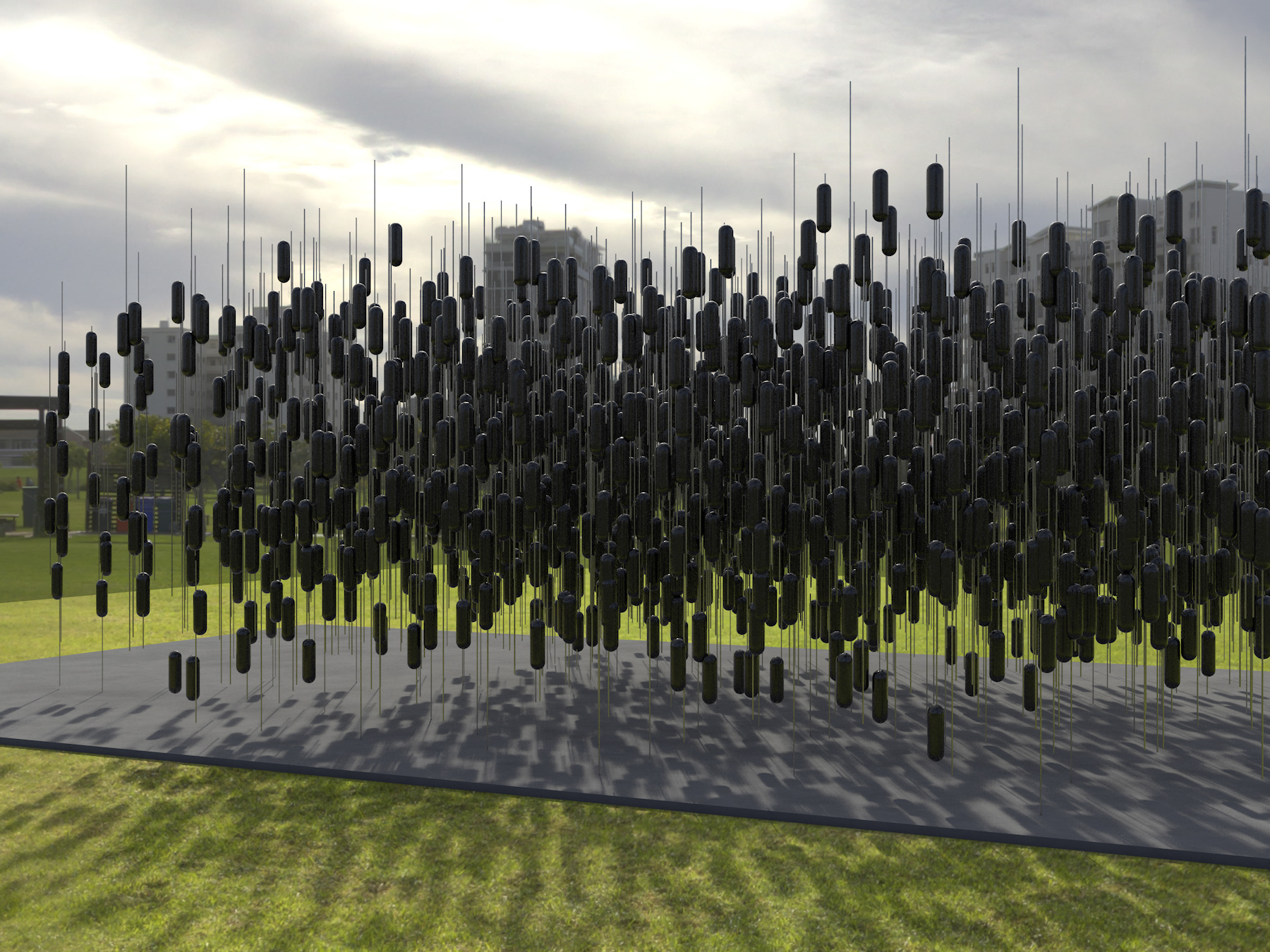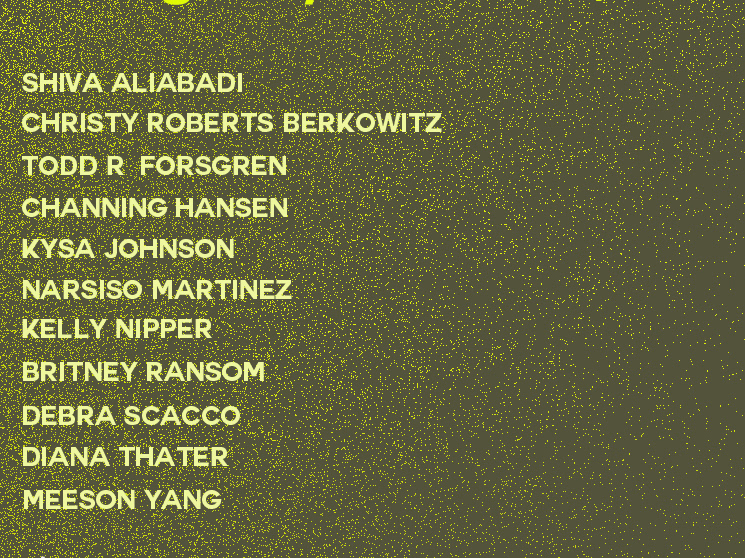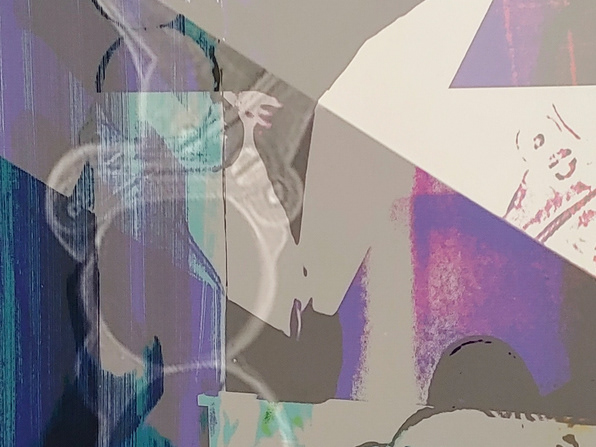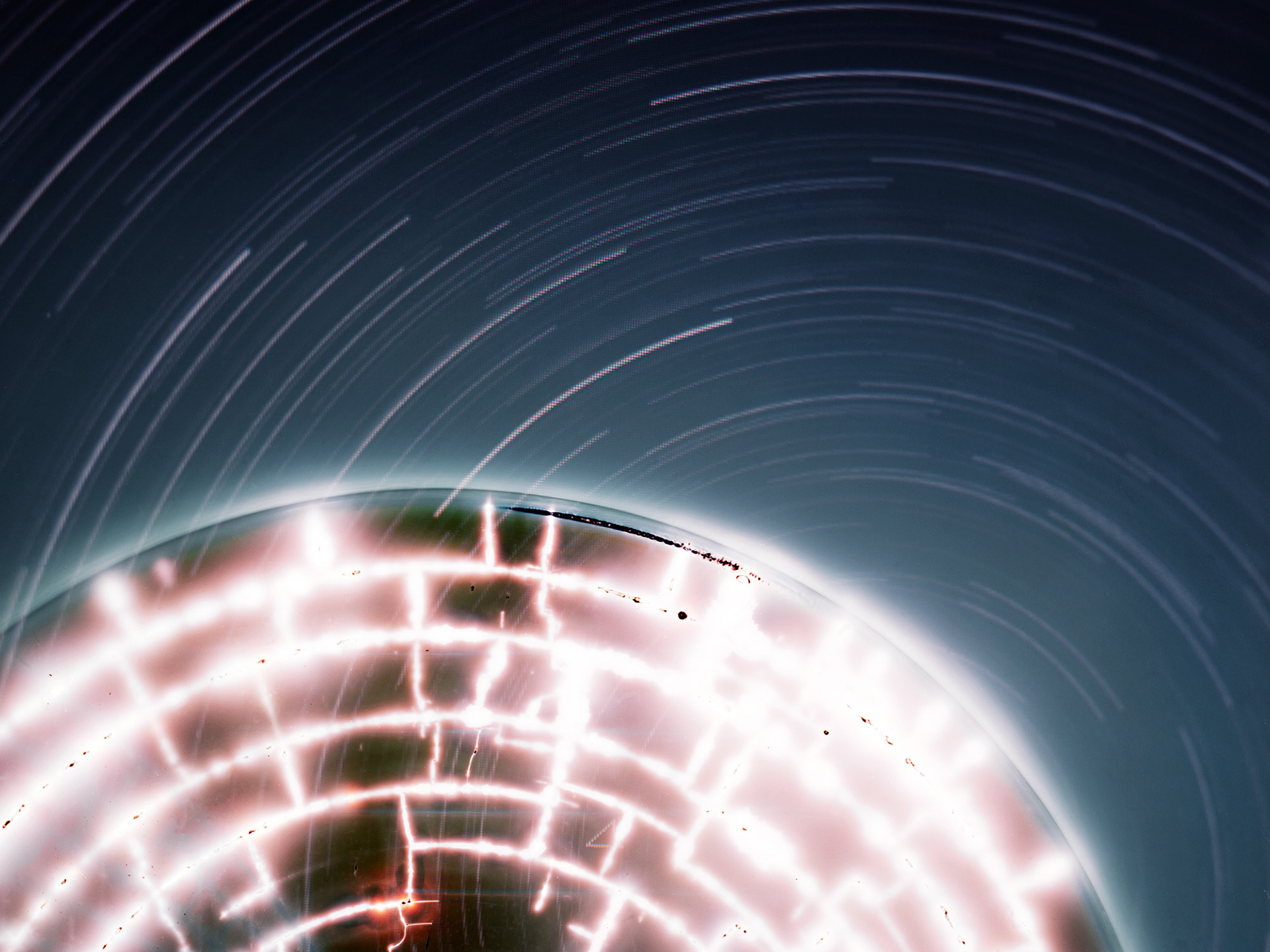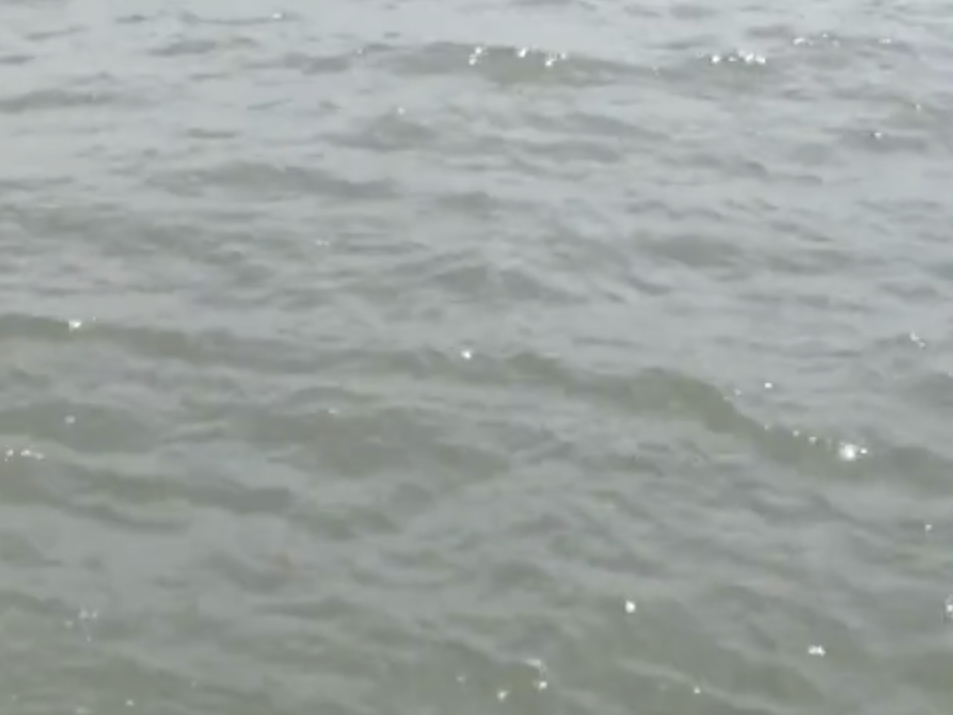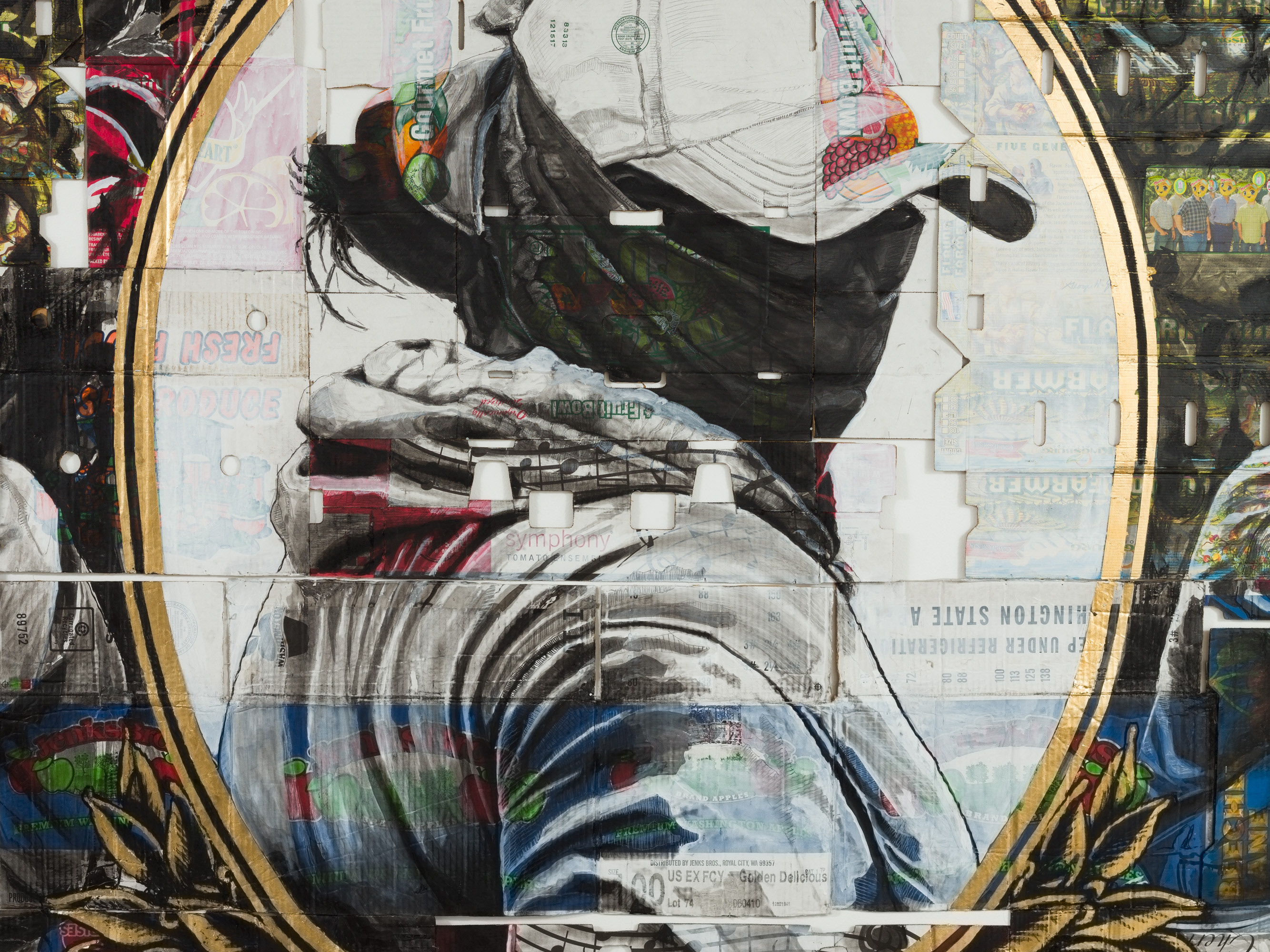Britt Ransom
Artist Statement:
As an artist I strive to probe the lines between human, animal, and environmental relations while exploring emergent technologies. Using ready made and custom computing interfaces, code, and utilizing sensory data as a material, my work introduces concepts that explore the conflicted relationship between our human culture, the way we interact with one another via digital interface, and the concern for nature.
My work specifically deals with the transformation of material states through digital technologies such as 3D Printing, Laser Cutting, and CNC Milling. The main motivation in my work is to explore the paradoxical bonds between human, urban and natural ecologies, the inhabitants of said spaces, and the co-evolution between the shifting digital innovations and our human selves. As an artist, my work involves employing these emergent systems into my practice while attempting to propel the
viewer/participant to adopt a criticality towards our interactions and adaptations of technological structures within our collective society.
Evolving technology has always been at the forefront of my artistic, educational, and professional career. I strive to create interactive devices and installations that probe the reflexive co-evolution of humans as a species, technological trend development, and how these developments impact interactions with the natural world. Most recently my projects have focused on objects that utilize always fluctuating real-time trends in social media to function. I am also specifically interested in the perspective of the other (animals / insects) and have designed several
series of “backpacks” and interactive devices for a range of non-humans varying from domestic dogs to cockroaches. I introduce project concepts in the form of interactive dog toys, wearable devices, custom sensor based systems, social mediaa nd web data driven systems, interactive public installation, wearable recording devices, and two-dimensional digital manipulations. My research practice invites technology to heighten our awareness of how the evolution of technology impacts our existence as humans and how we function with(in) the rest of the physical and
natural world. While I am interested in emergent technologies and systems, it is imperative that my work calls to traditional sculptural techniques. Much of my work relies on the use of wood, plastic, metal, and foundry work and it is imperative that these materials and methods make themselves evident to the viewer to lend senses of tangibility.
In my current projects I am most interested in the translation of materials and the use of open source software that is produced for consumer consumption. My current work utilizes cell phones and free modeling software to question the sometimes gauche nature in which computational information is translated from machine to
computer to human and finally resulting in a physical object. I am interested in material translation from objects that are born out of the natural world and are translated into to computerized data and finally re-translation by both human hand and machine back into a representational object referencing the original material form from birth. While interested in open source software and how it can translate our daily observations, I also consider the rate at which common tools such as the cell phone have allowed humans to become pest-like voracious passive consumers. At its core, my work utilizes digital fabrication tools, insects / animals, and
elements of the natural world to metaphorically explore our societal structure in conversation with the structures nature which exist without human intervention.
Taken from Wikipedia,
Earth System Science:
:
Earth system science (ESS) is the application of systems science to the Earth.[1][2][3][4] In particular, it considers interactions and 'feedbacks', through material and energy fluxes, between the Earth's sub-systems' cycles, processes and“spheres" atmosphere, hydrosphere, cryosphere [5] geosphere, pedosphere, lithosphere, biosphere,[6] and even the magnetosphere[7]—as well as the impact of human societies on these components.[8] At its broadest scale, Earth system science brings together researchers across both the natural and social sciences, from fields including ecology, economics, geography, geology, glaciology, meteorology, oceanography, climatology, paleontology, sociology, and space science.[9] Like the broader subject of systems science, Earth system science assumes a holistic view of the dynamic interaction between the Earth's spheres and their many constituent subsystems fluxes and processes, the resulting spatial organization and time evolution of these systems, and their variability, stability and instability.[10][11][12] Subsets of Earth System science include systems geology[13][14] and systems ecology,[15] and many aspects of Earth System science are fundamental to the subjects of physical geography[16][17] and climate science.[18]
2014-2015 / iphone, 3d scanning + modeling software, acrylic, birch
The Translation Series utilizes 3D scans that were made via
stitched photographs of sea ice in the Arctic Circle taken
on a cell phone. The glacial ice was photographed to produce a
full 3D scan using open source software and was then
mathematically translated into two
dimensional slices to reference its rapidly changing
material state / melt from ice to water under the heat of the
summer solstice sun. The project overall references issues of
global warming, translation of material states from solid, liquid,
to image, point cloud, two dimensional slices, to plastic
slices that finally make up a ghosted form that references its
initial state when found in the arctic sea.
